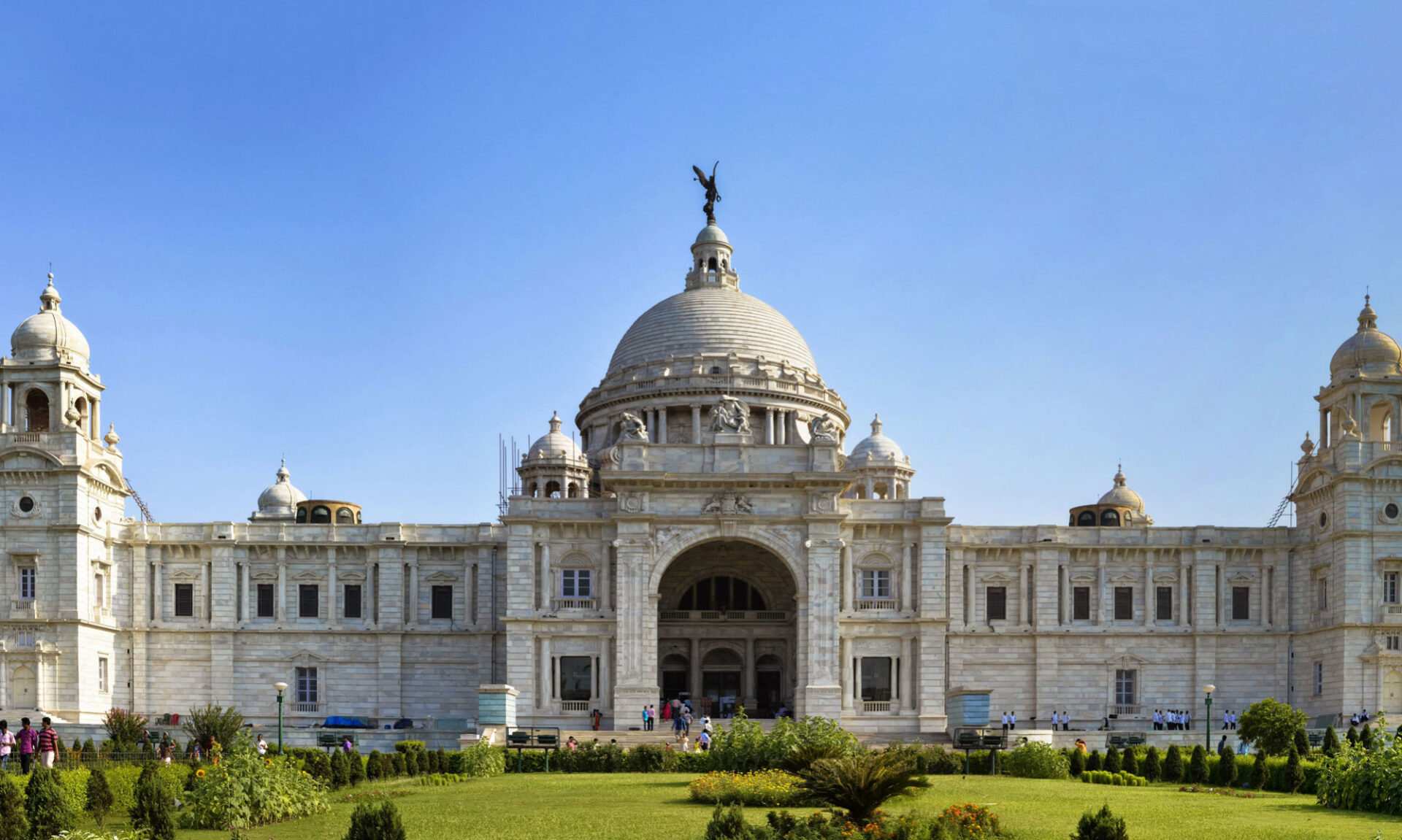Mayapur ISKCON Temple, located in the town of Mayapur in the Nadia district of West Bengal, India, is one of the most revered pilgrimage sites for followers of the International Society for Krishna Consciousness (ISKCON) worldwide. The temple is dedicated to Lord Krishna and is a symbol of the Hare Krishna movement, which seeks to promote spirituality and love of God among people around the world.
The Mayapur ISKCON Temple is situated on the banks of the Ganges River and covers an area of over 340 acres. It is one of the largest temple complexes in the world and is a center of spiritual learning and devotion. The temple is renowned for its beautiful architecture, intricate carvings and stunning murals, all of which reflect the rich cultural heritage of India.
The temple complex houses several shrines and temples, each dedicated to different deities. The main temple, which is dedicated to Lord Krishna, is a magnificent structure that stands 113 feet tall and is adorned with beautiful carvings and murals. The temple is surrounded by lush green gardens and fountains, which add to its beauty and tranquility.
Mayapur ISKCON Temple is also home to the Samadhi Mandir, which is the final resting place of the founder of ISKCON, Srila Prabhupada. The Samadhi Mandir is a beautiful structure that is decorated with intricate carvings and beautiful murals, and is a place of pilgrimage for devotees from all over the world.
The temple complex also houses a range of facilities for visitors, including accommodation, dining, and shopping options. The temple’s restaurant, Govinda’s, is a popular destination for vegetarian food lovers, and offers a range of delicious and healthy dishes.
Mayapur ISKCON Temple is a center of spiritual and cultural activity, and hosts several festivals and events throughout the year. The temple’s most important festival is the Gaura Purnima festival, which celebrates the appearance day of Lord Caitanya, an important figure in the Hare Krishna movement. The festival attracts thousands of devotees from around the world, who come to Mayapur to celebrate and participate in the festivities.
In conclusion, Mayapur ISKCON Temple is a magnificent temple complex that is a symbol of the Hare Krishna movement and a center of spiritual and cultural activity. Its beautiful architecture, intricate carvings, and stunning murals, combined with its serene surroundings, make it a must-visit destination for anyone interested in spirituality, culture, and art.
Tour Details:
- Trip Duration: 12 hours
- Tour Starts: 07:00 am
- Lunch Break: Yes
- Entry Fees / Camera Charges: Not included.
- Vehicle Parking and Toll Charges: Inclusive
Continue reading “Mayapur Tour”
